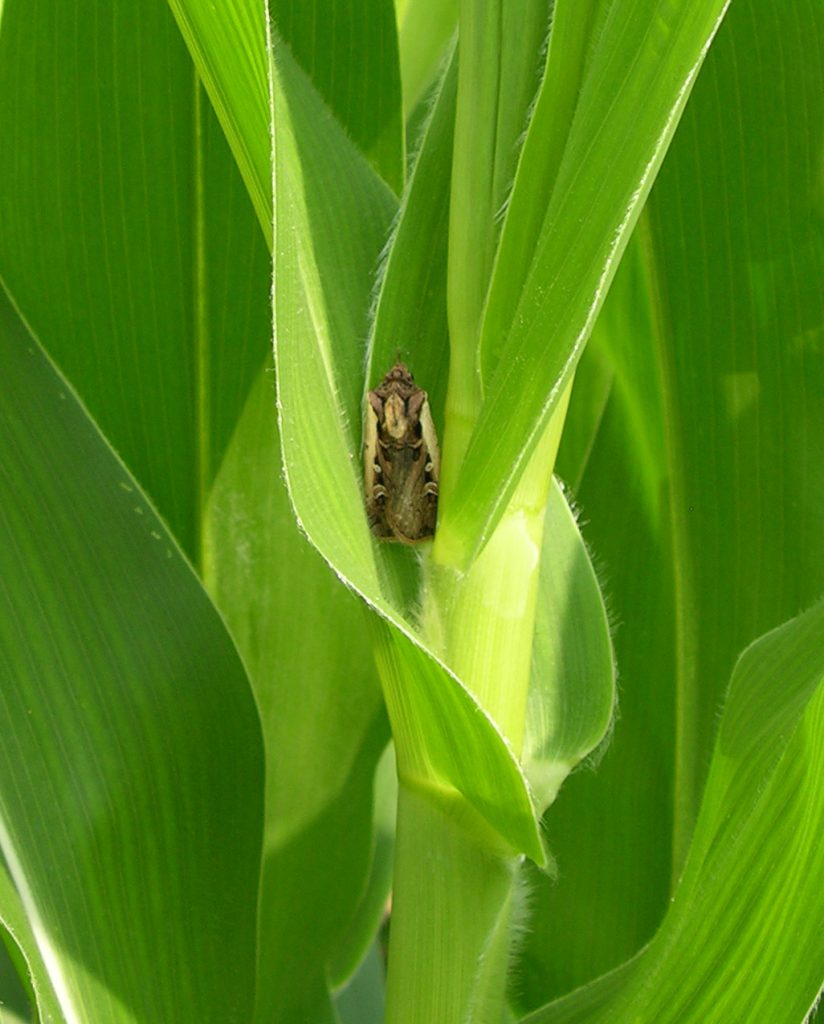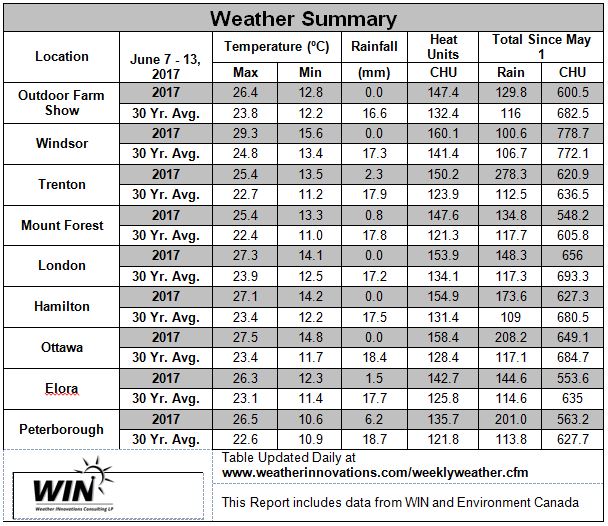Crop Report – July 13, 2017

Nutrient Deficiencies in Soybeans Leaf yellowing and slow growth is evident in many fields. Stressful growing conditions will amplify nutrient deficiency symptoms, insect feeding, and disease symptoms. When plants are already stressed it’s even more important to manage deficiencies wherever possible. Fortunately, weather conditions over the next four to six weeks are more crucial to […]













